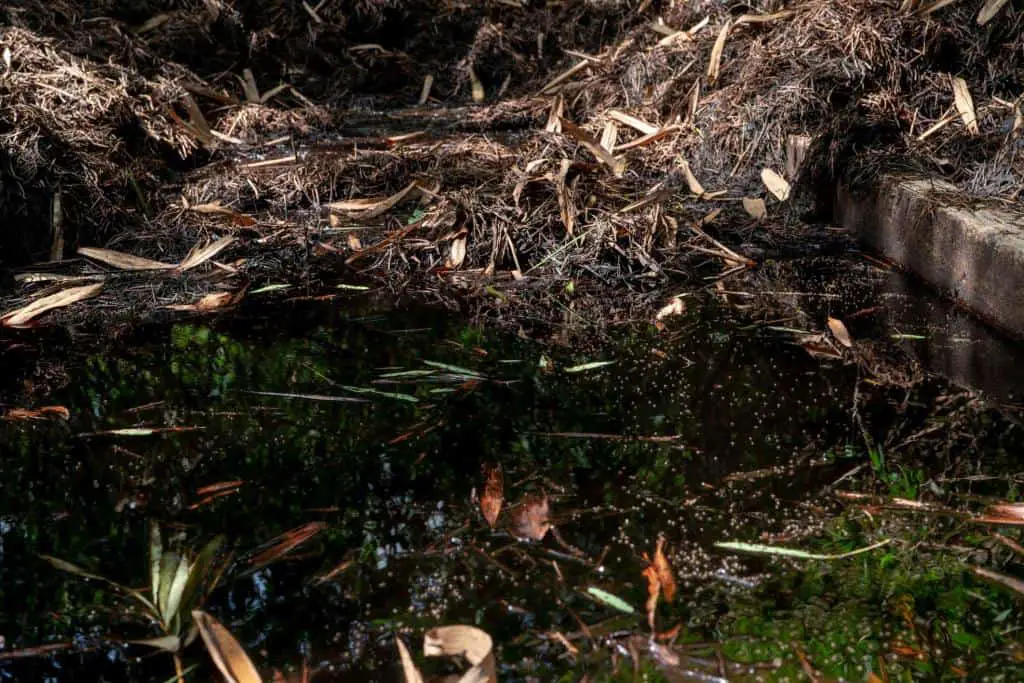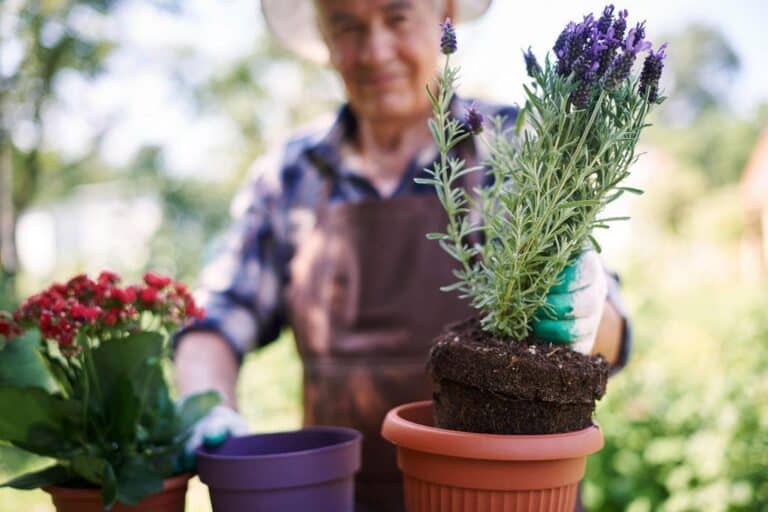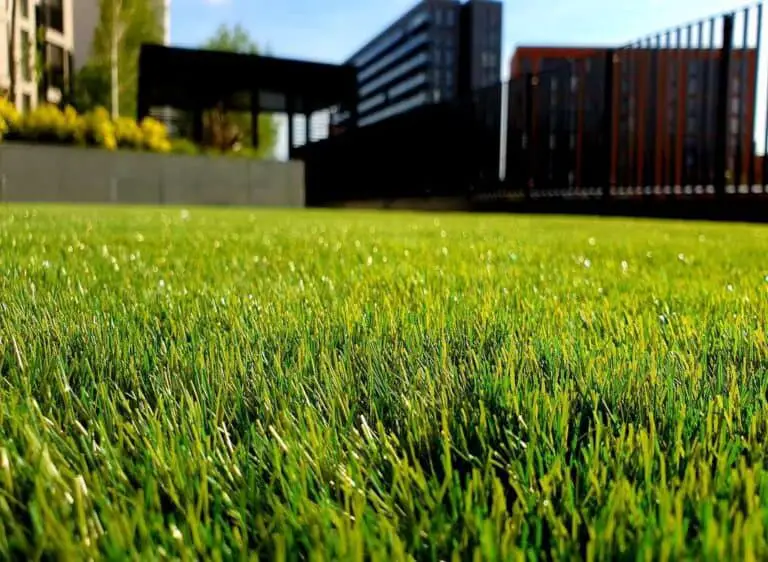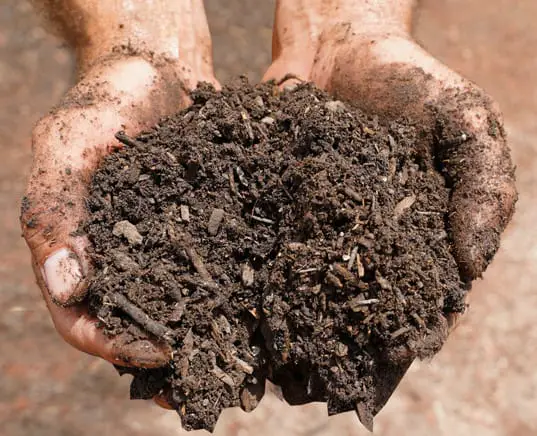Topsoil or Mulch: Which One is Better for Improving Soil Quality?

In the world of gardening and landscaping, the quest for optimal soil quality often leads to a fundamental question: should you use topsoil or mulch? Both of these soil enhancements have their own unique characteristics and advantages, making the choice a matter of understanding your specific needs and goals. Which of these soil amendments reigns supreme in the quest for soil quality improvement?
Whether you’re a seasoned gardener or just getting your hands dirty for the first time, the choice between topsoil and mulch is a crucial one, shaping the future health and vitality of your plants.
In this article, we’ll delve into the intriguing world of soil enhancement, uncovering the unique advantages of both topsoil and mulch. You’ll gain valuable insights into their characteristics, benefits, and ideal applications, equipping you with the knowledge to make informed decisions that will elevate your gardening prowess. So, let’s dig in and unearth the secrets to nurturing a thriving, vibrant garden.
Understanding the Role of Topsoil in Soil Improvement
Topsoil, as the name suggests, is the uppermost layer of soil on the earth’s surface. It is a fertile mixture of organic matter, minerals, and microorganisms that plays a crucial role in plant growth. The composition of topsoil can vary widely depending on geographic location and environmental factors.
Topsoil is the heart of healthy soil. It serves as the primary source of nutrients and support for plants. Its rich organic matter improves soil structure, retains moisture, and fosters beneficial microbial activity. When incorporated into your garden, topsoil can rejuvenate tired, nutrient-depleted earth.
Not all topsoil is created equal. There are various types of topsoil available, each with its own specific characteristics. Some may be sandy, others may be loamy, and some may be clay-rich. Understanding the type of topsoil that best suits your garden is essential for achieving optimal results.
The Benefits of Mulch in Soil Enhancement
Mulch is a protective covering placed over soil to retain moisture, suppress weeds, and regulate soil temperature. It can be made from a variety of materials, including organic options like wood chips, straw, and compost, as well as inorganic materials like gravel or plastic.
Mulch offers a multi-faceted approach to soil enhancement. It acts as a barrier against the elements, preventing soil erosion and compaction. By retaining moisture and regulating temperature, mulch creates an environment where soil microorganisms thrive, contributing to enhanced fertility.
Beyond its direct impact on soil quality, mulch has broader environmental advantages. It reduces water runoff and conserves water, making it an eco-friendly choice. Additionally, the suppression of weeds reduces the need for chemical herbicides, benefiting both your garden and the environment.
Topsoil vs. Mulch: Which One is Better?
Topsoil is a powerhouse of nutrients and organic matter, making it an excellent choice for quickly enriching soil. However, it can be costly, and poor-quality topsoil may introduce weeds or contaminants.
Mulch offers several advantages, including moisture retention, weed suppression, and temperature regulation. However, it may require periodic replenishment, and some organic mulches can attract pests.
Now that we’ve explored the characteristics and benefits of both topsoil and mulch, how do you decide which one is better for your specific needs? Choosing between mulch and topsoil often depends on your specific needs.
Let’s break it down:
Choose Topsoil When:
- You’re establishing new plants or transplanting existing ones.
- The soil in your garden beds lacks fertility and needs an immediate nutrient boost.
- Soil erosion is a concern, and you need to stabilize the soil.
- You’re creating raised garden beds or amending existing ones.
Choose Mulch When:
- You want to conserve moisture and reduce the need for frequent watering.
- Weed control is a top priority.
- Temperature regulation is crucial for the plants in your garden.
- You’re looking to enhance the visual appeal of your landscape.
In some cases, a combination of topsoil and mulch might be the best approach. For instance, when planting new shrubs, you can incorporate topsoil into the planting hole and then apply mulch around the base of the shrub to retain moisture and control weeds.
Here’s a quick reference table summarizing the differences between topsoil and mulch:
| Criteria | Topsoil | Mulch |
| Nutrient Content | High | Low |
| Moisture Retention | Moderate | High |
| Weed Control | Limited | Excellent |
| Temperature Regulation | Moderate | High |
| Organic Matter Addition | Yes | Yes (organic mulches) |
| Soil Stability | Yes (erosion control) | Yes |
| Aesthetic Value | Limited | High |
Soil Preparation and Mulch Application Techniques
To maximize the benefits of mulch, proper soil preparation is essential. Clearing debris, leveling the soil, and addressing any compaction soil issues ensure that your mulch layer can function optimally.
Mulch can be applied using various techniques, including sheet mulching, trench mulching, and simple surface mulching. Each method has its advantages, and choosing the right one depends on your garden’s specific requirements.
Selecting the appropriate mulch material is a crucial decision. Factors like climate, soil type, and plant preferences all play a role in determining the most suitable mulch for your garden. Understanding these variables will help you make an informed choice.
Read: Mulching After vs. Before Rain: Which is Better for Your Garden?
Topsoil Application for Soil Improvement
There are situations where topsoil becomes a necessity. In areas with poor or depleted soil quality, adding topsoil can kick-start the rejuvenation process. It’s often required when starting a new garden or landscaping project.
Incorporating topsoil into your garden requires careful planning. You’ll need to assess your existing soil, determine the amount of topsoil needed, and mix it thoroughly to ensure an even distribution of nutrients.
The quality of topsoil can vary, and sourcing the right type is crucial. Understanding the source of your topsoil, its nutrient content, and any potential contaminants is essential for a successful soil improvement project.
Cost Analysis: Topsoil vs. Mulch
Comparing the Cost of Topsoil Procurement and Application
The cost of topsoil can vary widely depending on factors like quality, quantity, and location. Here’s a breakdown of potential costs:
- Topsoil Price: The cost of topsoil per cubic yard or ton can range from $20 to $200 or more, depending on the quality and supplier.
- Delivery Charges: If you purchase topsoil in bulk, you may incur delivery charges, which can range from $50 to $150 or more, depending on distance.
- Application Costs: Incorporating topsoil into your garden may require tools or equipment rental, further adding to the overall cost.
Calculating the Cost of Mulch and Its Application
Mulch is generally more cost-effective than topsoil, making it an attractive option for budget-conscious gardeners:
- Mulch Price: Organic mulch materials like wood chips or composted leaves typically cost between $20 and $50 per cubic yard.
- Application Costs: Mulch application is straightforward and typically doesn’t require additional equipment costs.
However, it’s essential to consider long-term costs. Mulch may need periodic replenishment, while topsoil, once properly incorporated, can provide lasting benefits without frequent reapplication.
Cost-Effectiveness and Long-Term Budget Considerations
When evaluating the cost-effectiveness of topsoil vs. mulch, consider the following:
- Immediate vs. Long-Term: Topsoil may require a higher initial investment, but it can provide lasting benefits. Mulch, while cost-effective initially, may need replenishment.
- Maintenance Costs: Factor in ongoing maintenance costs, including weeding, watering, and fertilization, which may vary depending on your choice of soil enhancement.
- ROI: Calculate the return on investment by assessing how each option improves plant health, reduces maintenance, and enhances your garden’s overall value.
Conclusion
In conclusion, the decision between topsoil and mulch for improving soil quality depends on various factors, including your soil’s current condition, budget, and long-term goals. Both options offer distinct advantages, and in many cases, a combination of both may yield the best results.
Armed with the knowledge of soil testing, environmental considerations, cost analysis, and expert gardening tips, you can confidently choose the soil enhancement method that aligns with your gardening vision. Remember that the key to a flourishing garden or landscape lies in nurturing the soil upon which it thrives.
FAQs on Topsoil and Mulch Benefits
What is the difference between topsoil and mulch?
Topsoil is the upper layer of soil that’s rich in nutrients, ideal for planting. Mulch, on the other hand, is a protective layer placed on top of soil to conserve moisture, suppress weeds, and regulate temperature.
How much topsoil should I use for my garden?
The amount of topsoil needed depends on your garden’s size and existing soil quality. Generally, a 2-4 inch layer of topsoil is sufficient for most gardens. You may need more for poor-quality soil.
Can I use mulch and topsoil together?
Yes, you can use both together. Topsoil provides nutrients, while mulch helps retain moisture and control weeds.
Are there any alternatives to topsoil and mulch for soil improvement?
Compost, peat moss, and well-rotted manure are alternatives for soil improvement.
Does the choice between topsoil and mulch depend on the type of plants I want to grow?
Yes, the choice depends on your plant’s needs. Some plants thrive better in topsoil, while others benefit from mulch.
Which is better for soil improvement, topsoil or mulch?
Topsoil is better for improving soil fertility, while mulch excels at moisture retention and weed control.
What are the key factors to consider when deciding between topsoil and mulch?
Consider your garden’s specific needs, including plant type, soil condition, and your maintenance preferences.
How often should I replenish mulch or topsoil in my garden for sustained soil quality?
Replenish mulch annually and topsoil as needed, typically every 2-3 years, depending on soil quality.
Are there any potential negative consequences to using too much topsoil or mulch in my garden?
Using excessive topsoil can lead to poor drainage and root suffocation. Too much mulch can cause root rot and limit air exchange in the soil. Maintain a balanced approach.






